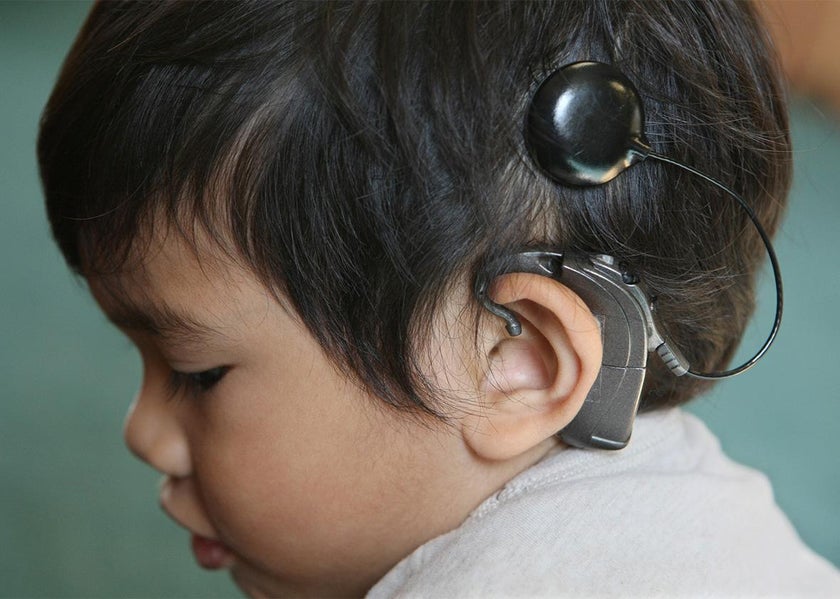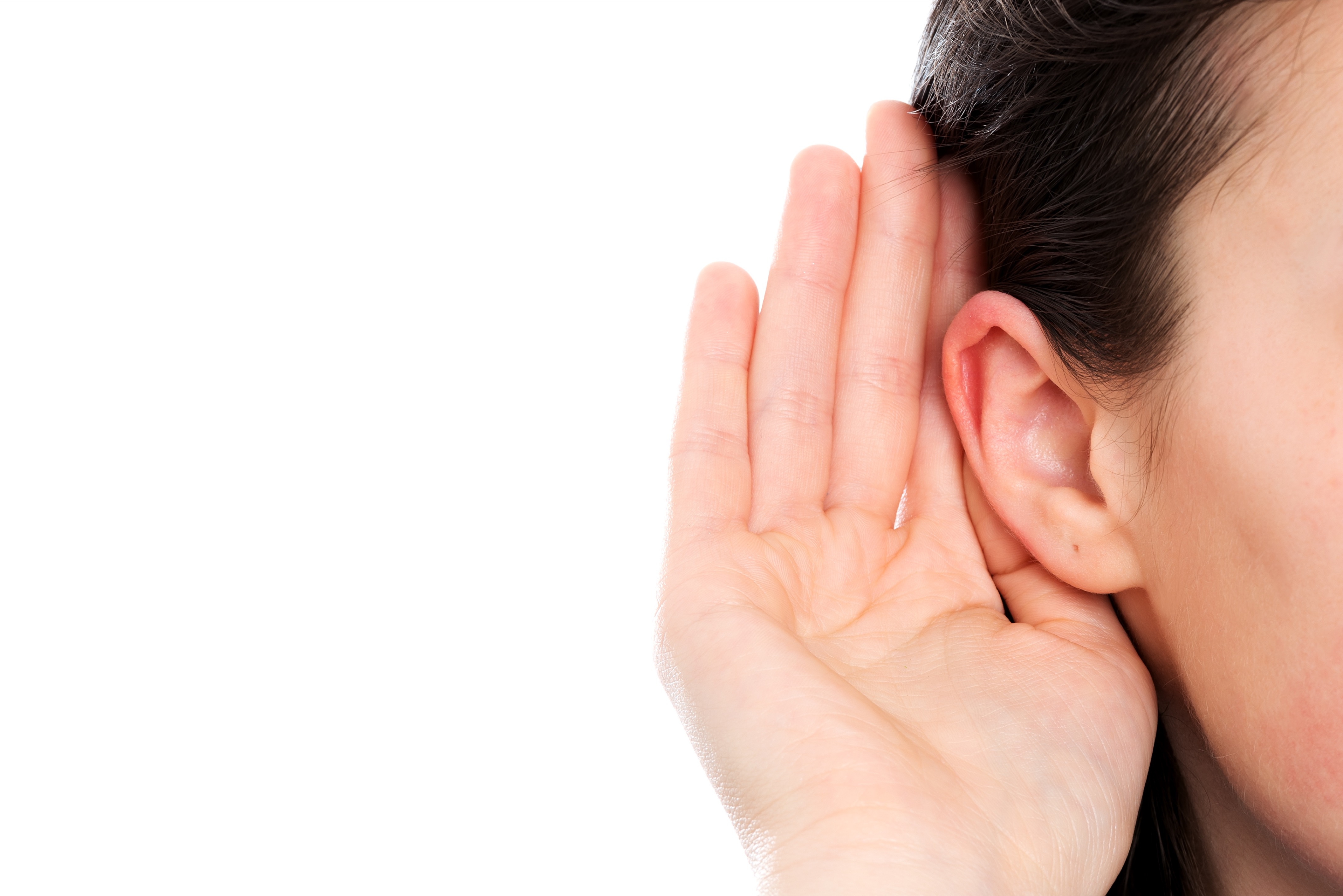
Deafness is a condition that affects millions of people worldwide. It can be caused by a variety of factors, including genetics, illness, injury, and age. However, regardless of the cause, the result is the same - deaf people cannot hear. But why is this the case? In this article, we will explore the science behind deafness and why some people are unable to hear.
The Ear and Hearing

To understand why deaf people can't hear, we first need to understand how the ear works. The ear is made up of three parts - the outer ear, the middle ear, and the inner ear. Sound waves enter the outer ear and travel through the ear canal to the eardrum, causing it to vibrate. These vibrations are then transmitted to the middle ear, where they are amplified by the three tiny bones - the hammer, anvil, and stirrup. Finally, the vibrations reach the inner ear, where tiny hair cells in the cochlea convert them into electrical signals that are sent to the brain.
Causes of Deafness

Deafness can be caused by a variety of factors, including genetics, illness, injury, and age. In some cases, deafness is present from birth due to genetic mutations. In other cases, it can be caused by illness or injury, such as infections, noise exposure, or head trauma. Additionally, as we age, our hearing naturally declines, which can lead to deafness in some people.
Types of Deafness

There are two main types of deafness - conductive and sensorineural. Conductive deafness occurs when there is a problem with the outer or middle ear that prevents sound from reaching the inner ear. This type of deafness can often be treated with hearing aids or surgery. Sensorineural deafness, on the other hand, occurs when there is damage to the hair cells in the inner ear or the auditory nerve that connects the inner ear to the brain. This type of deafness is usually permanent and cannot be treated with hearing aids or surgery.
Cochlear Implants

While many people with sensorineural deafness cannot be treated with hearing aids or surgery, some may benefit from cochlear implants. These are devices that are surgically implanted in the inner ear and provide electrical stimulation to the auditory nerve, bypassing the damaged hair cells. While cochlear implants do not restore normal hearing, they can allow people with deafness to hear some sounds and communicate more effectively.
Sign Language

For many deaf people, sign language is their primary means of communication. Sign language uses a combination of hand gestures, facial expressions, and body language to convey meaning. There are many different types of sign language used around the world, including American Sign Language (ASL) and British Sign Language (BSL).
Conclusion
Deafness is a complex condition that can be caused by a variety of factors. While some cases of deafness can be treated with hearing aids or surgery, others are permanent and cannot be cured. However, with the help of cochlear implants and sign language, many deaf people are able to communicate effectively and live full, happy lives.